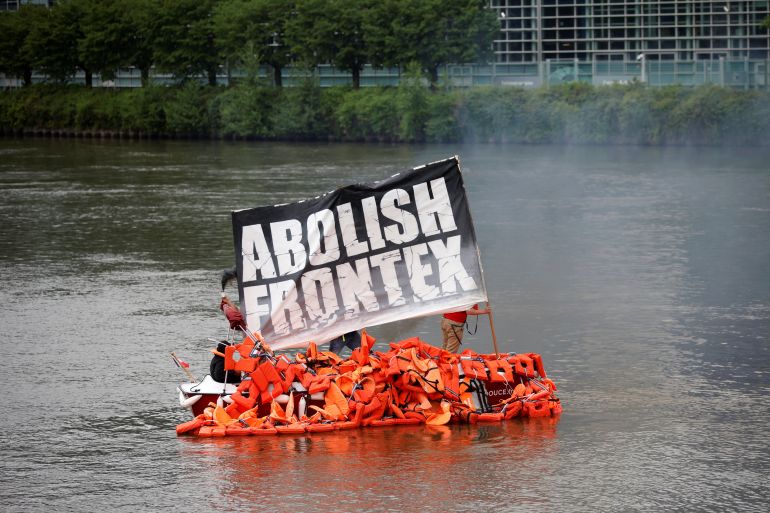Jan — Apr 2023 Pacific Forum
By Yu Bin
Published May 2023 in Comparative Connections · Volume 25, Issue 1 (This article is extracted from Comparative Connections: A Triannual E-Journal of Bilateral Relations in the Indo-Pacific, Vol. 25, No. 1, May 2023. Preferred citation: Yu Bin, “China-Russia Relations: War and Peace for Moscow and Beijing,” Comparative Connections, Vol. 25, No. 1, pp 161-170.)
CONNECT WITH THE AUTHOR
Yu Bin, Wittenberg University
Perhaps more than any other time in their respective histories, the trajectories of China and Russia were separated by choices in national strategy. A year into Russia’s “special military operation” in Ukraine, the war bogged down into a stalemate. Meanwhile, China embarked upon a major peace offensive aimed at Europe and beyond. It was precisely during these abnormal times that the two strategic partners deepened and broadened relations as top Chinese leaders traveled to Moscow in the first few months of the year (China’s top diplomat Wang Yi, President Xi Jinping, and newly appointed Defense Minister Li Shangfu). Meanwhile, Beijing’s peace initiative became both promising and perilous as it reached out to warring sides and elsewhere (Europe and the Middle East). It remains to be seen how this new round of “Western civil war” (Samuel Huntington’s depiction of the 1648-1991 period in his provocative “The Clash of Civilizations?” treatise) could be lessened by a non-Western power, particularly after drone attacks on the Kremlin in early May.
Tiếp tục đọc “War and Peace for Moscow and Beijing”


